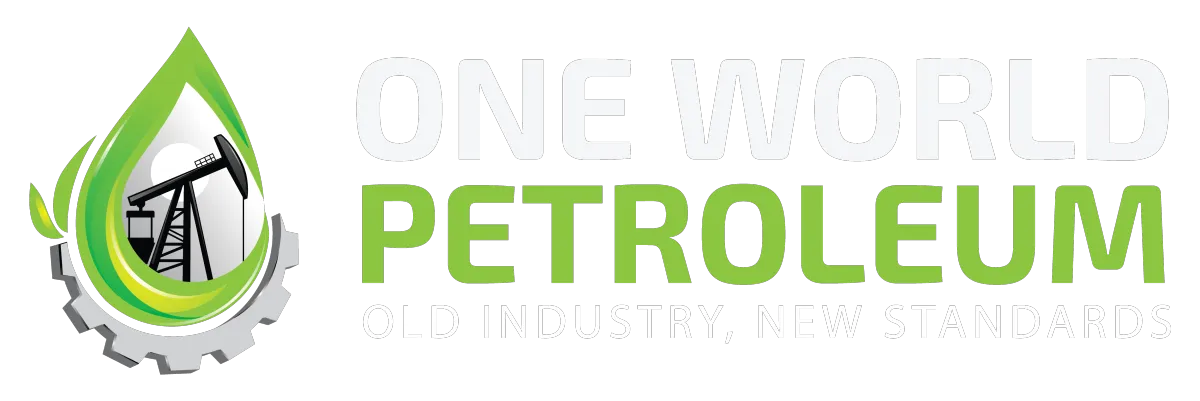WE WANT TO BUY YOUR EXISTING PRODUCING OPERATED OR NON-OPERATED OIL FIELDS
WE WANT TO BUY YOUR EXISTING PRODUCING OPERATED OR NON-OPERATED OIL FIELDS
WORKING TO BRIDGE the gap between Real Estate Investors & Oil Tycoons
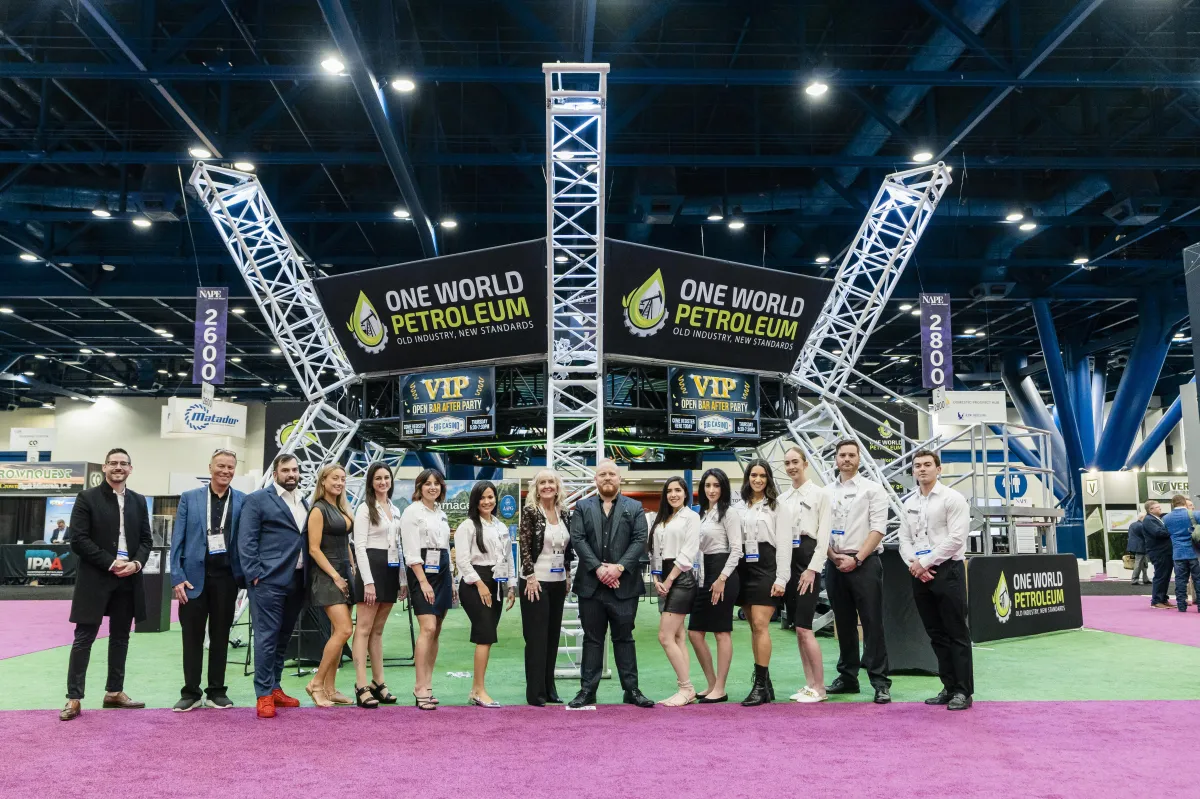
What we do
One World Petroleum, is an Oil & Gas holding company based in
Houston, Texas with a strong focus on acquiring inefficiently operated PDP (Proved Developed Producing) wells during this transitional stage of the industry benefiting both our investors & retiring industry professionals looking to continue the legacy they built
The Premier Option for Legacy Asset Divestments for operators seeking to continue their legacy and maintain staff employment
In-House A&D Evaluations team creating faster responses along with an integrated CRM acquisitions process
Highly focused on reshaping the industry through Ai and modern day technological advancements.

What we do
One World Petroleum, is an Oil & Gas holding company based in Houston, Texas with a strong focus on acquiring inefficiently operated PDP (Proved Developed Producing) wells during this transitional stage of the industry benefiting both our investors & retiring industry professionals looking to continue the legacy they built
The Premier Option for Legacy Asset Divestments for operators seeking to continue their legacy and maintain staff employment
In-House A&D Evaluations team creating faster responses along with an integrated CRM acquisitions process
Highly focused on reshaping the industry through Ai and modern day technological advancements.
Here's what we buy.....
OUR ACQUISITION CRITERIA
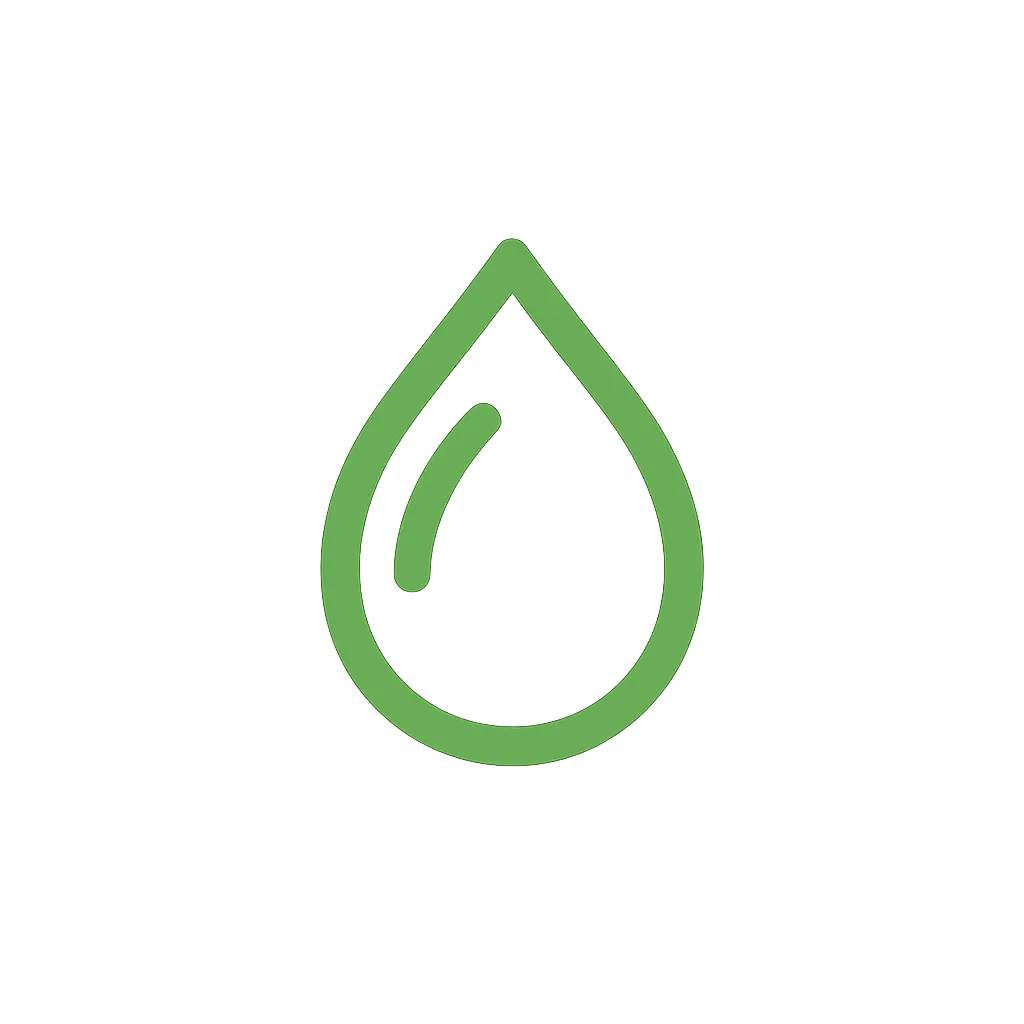
Operated or Non-Operated
Flexibility to acquire both operated positions and non-operated working interests

Production Requirements
Targeting assets with production volumes between 50 – 2500 BOPD that support immediate positive cash flow only
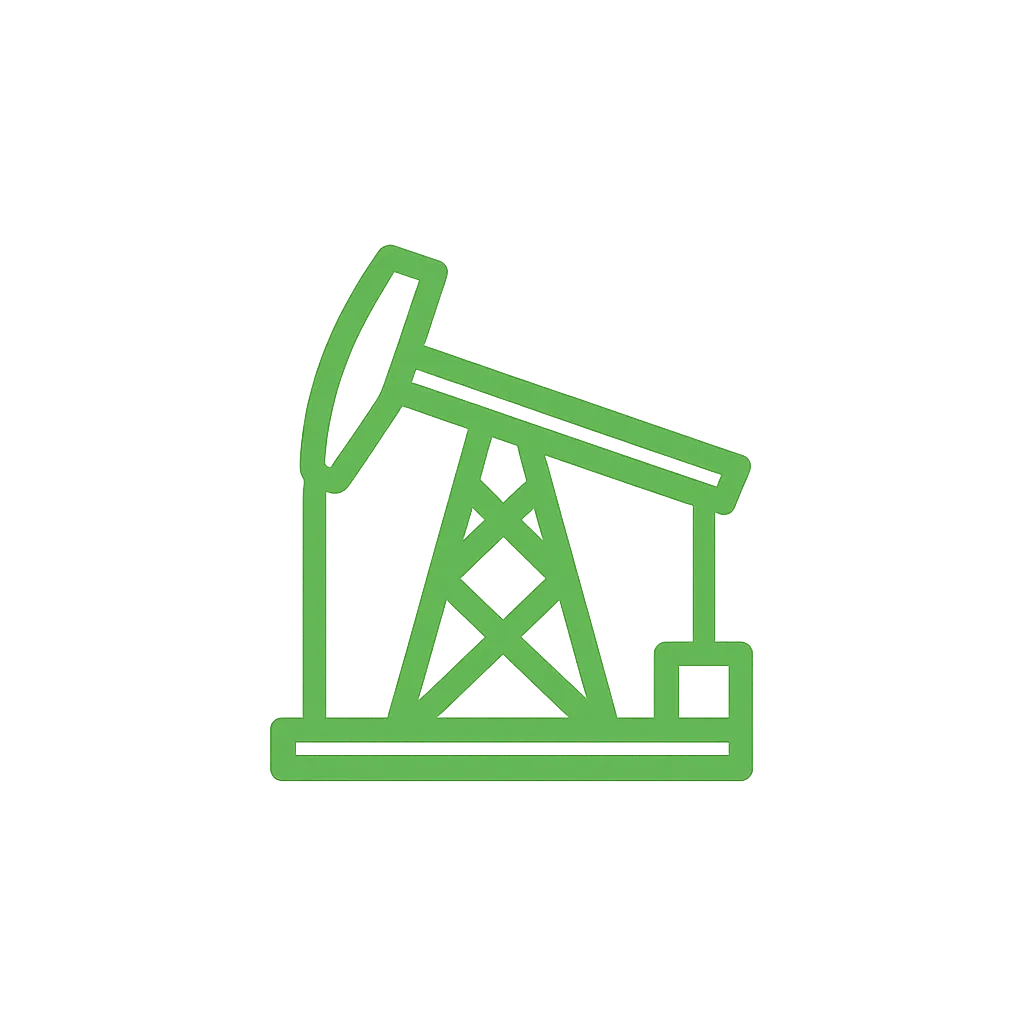
Mature Conventional PDP
We primarily focus on legacy fields with established cashflow and long production history
(Open to newer production)

Basin / State of Assets
Open to acquisitions in all U.S. primary states and basins. Geographic flexibility allows us to focus solely on quality assets with established history

Well Depth Preference
Targeting assets with average total vertical depth (TVD) under 8,000 feet. Open to all depths with a priority given to these

Price Point / Range
We look at assets between the $1,000,000 to $100,000,000 price range. Smaller deals are utilized as bolt-on assets.
Here's what we buy.....
OUR ACQUISITION CRITERIA

Operated or Non-Operated
Flexibility to acquire both operated positions and non-operated
working interests

Production Requirements
Targeting assets with production volumes between 50 – 2500 BOPD

Mature Conventional PDP
We primarily focus on legacy fields with established cashflow and
long production history
(Open to newer production)

Basin / State of Assets
Open to acquisitions in all U.S. primary states and basins. Geographic flexibility allows us to focus solely on quality assets with established history

Well Depth Preference
Targeting assets with average total vertical depth (TVD) under 8,000 feet. Open to all depths with a
priority given to these

Price Point / Range
We look at assets between the $1,000,000 to $100,000,000 price range. Smaller deals are utilized
as bolt-on assets.
MEET THE FOUNDER & CEO
Alexander Ottewell
As the CEO of One World Petroleum, Alexander Ottewell brings a wealth of experience in real estate investing, process automation, and large-scale operations. After completing over 1,000 residential real estate transactions and building a virtual overseas call center with 200+ employees to support industry-wide lead generation, he exited his real estate ventures in late 2022 and shifted to the oil and gas sector in January 2023. Known for his rapid learning curve, fast implementation, and strategic hiring, Ottewell is propelling his growth in the upstream petroleum sector.
14 years of self-employment
Over $250mm in transactional history
Advanced Systems & Automations Creator

MEET THE FOUNDER & CEO
Alexander Ottewell

As the CEO of One World Petroleum, Alexander Ottewell brings a wealth of experience in real estate investing, process automation, and large-scale operations. After completing over 1,000 residential real estate transactions and building a virtual overseas call center with 200+ employees to support industry-wide lead generation, he exited his real estate ventures in late 2022 and shifted to the oil and gas sector in January 2023. Known for his rapid learning curve, fast implementation, and strategic hiring, Ottewell is propelling his growth in the upstream petroleum sector.
14 years of self-employment
Over $250mm in transactional history
Advanced Systems & Automations Creator
How can we help?
I want to Sell
We Buy PDP $1mm-100mm
Operated or Non-Operated
Conventional Production Preferred
All Basins and States
I want to Invest
Investor Focused Returns
Annual 3rd Party Audits
Diversified Fund Structure
Accredited Investors Only
I want to Work
Competitive Salary Structures
Hybrid Work Flexibility
Company Stock Options
Performance bonuses
How can we help?
I want to Sell
We Buy PDP $1mm-100mm
Operated or Non-Operated
Conventional Production Preferred
All Basins and States
I want to Invest
Investor Focused Waterfall
80/20% Profit Share Capital Return
Diversified Fund Structure
Accredited Investors Only
I want to Work
Competitive Salary Structures
Hybrid Work Flexibility
Company Stock Options
Performance bonuses
CLICK BELOW TO WATCH THE 2 Minute clip! (SOUND ON)
Nape Expo 2024/2025 Premier Sponsor
We made a splash in the industry as newcomers and the rest is history !!!
Frequently Asked Questions
Your Questions, Answered
Do you only buy upstream assets?
Yes, we currently exclusively focus on upstream operations as a primary model for our acquisitions
How do you evaluate your deals?
Our offers are determined based on economic evaluations conducted by our reservoir engineers under various pricing scenarios both fixed and strip pricing. Depending on the asset's upside potential and capital expenditure requirements, valuations typically range from PV-10 to PV-30.
What area's do you buy in?
We are basin & state agnostic but a primary focus on Texas, Oklahoma, Kansas, Ohio, Wyoming, and North Dakota. We will look at all deals in the USA (Domestic Only)
What happens to the existing staff of the company/fields?
For each acquisition, the objective is to retain all existing personnel while enhancing operations by integrating our technical team to oversee the assets. Continued employment is anticipated for all staff; however, as with any standard organization, dismissals may occur in cases of non-compliance or misconduct.
What timeframe do you take to close?
We can typically close within 30-45 days if we are provided with accurate paperwork from the start. The more we have to hunt for the correct data, the longer it takes for us to evaluate and commit to an offer price. Please provide us accurate data so we can do our job as needed.
Frequently Asked Questions
Your Questions, Answered
Do you only buy upstream assets?
Yes, we currently exclusively focus on upstream operations as a primary model for our acquisitions
How do you evaluate your deals?
Our offers are determined based on economic evaluations conducted by our reservoir engineers under various pricing scenarios both fixed and strip pricing. Depending on the asset's upside potential and capital expenditure requirements, valuations typically range from PV-10 to PV-30.
What area's do you buy in?
We are basin & state agnostic but a primary focus on Texas, Oklahoma, Kansas, Ohio, Wyoming, and North Dakota. We will look at all deals in the USA (Domestic Only)
What happens to the existing staff of the company/fields?
For each acquisition, the objective is to retain all existing personnel while enhancing operations by integrating our technical team to oversee the assets. Continued employment is anticipated for all staff; however, as with any standard organization, dismissals may occur in cases of non-compliance or misconduct.
What timeframe do you take to close?
We can typically close within 30-45 days if we are provided with accurate paperwork from the start. The more we have to hunt for the correct data, the longer it takes for us to evaluate and commit to an offer price. Please provide us accurate data so we can do our job as needed.
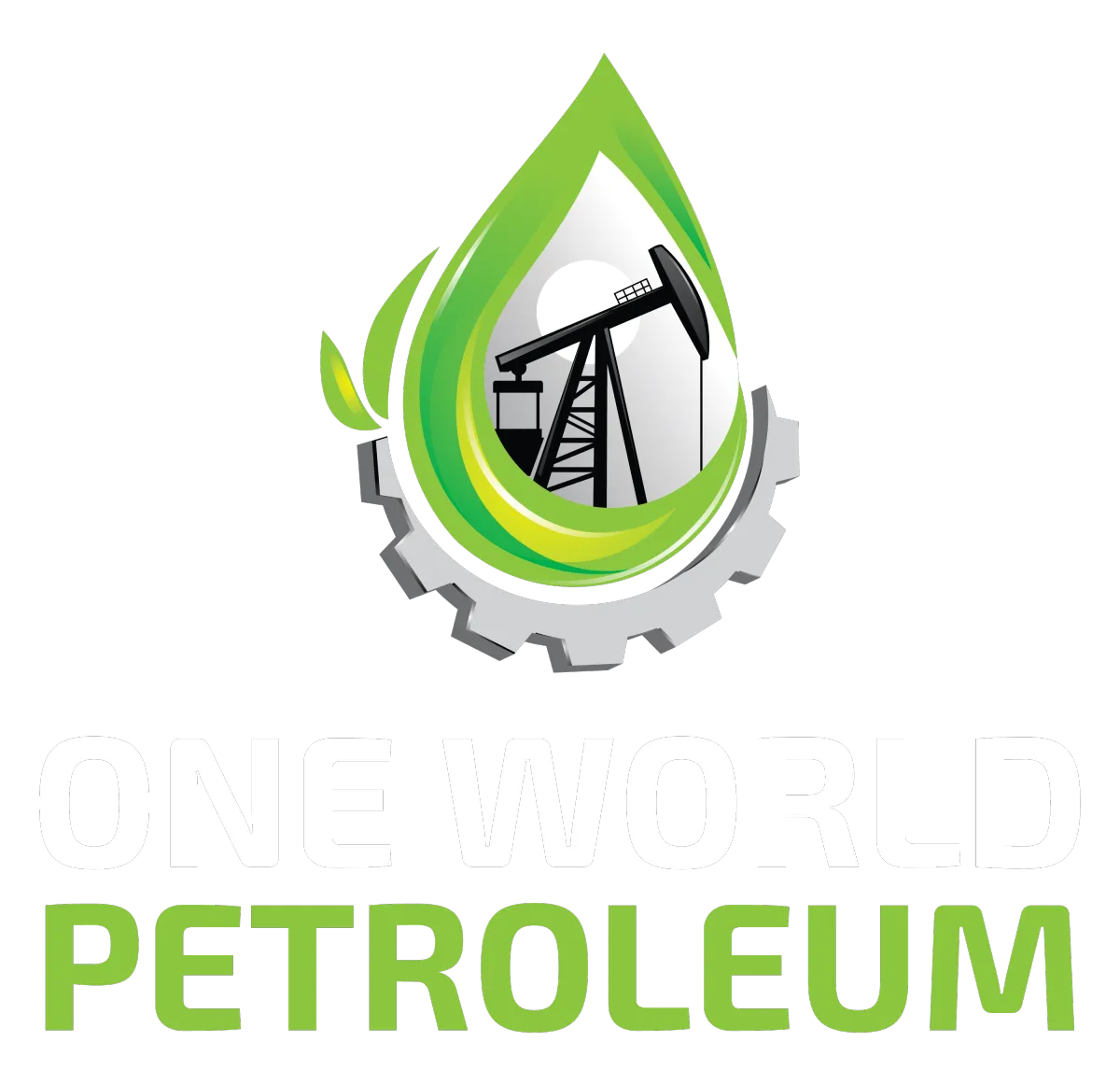
Old Industry, New Standards
Quick Links
Contact Us
Legal
© One World Petroleum 2025 / All Rights Reserved.
